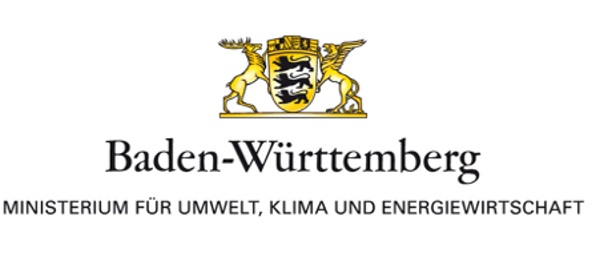Veröffentlichungen
| [1] | Gerlitz, E.; Greifenstein, M.; Hofmann, J. & Fleischer, J. (2021), „Analysis of the Variety of Lithium-Ion Battery Modules and the Challenges for an Agile Automated Disassembly System“. Procedia CIRP, Elsevier, S. 175-180. 10.1016/j.procir.2021.01.071 Abstract Within this paper the initial steps for the realisation of an agile automated system for battery module disassembly will be presented. The state of the art battery modules need to be analysed with regards to their structure, components and the relationship of the components to each other. In particular, the key challenges in battery module disassembly up to cell level are identified and classified in order to systematically derive the requirements for the disassembly system. The identified challenges for automated disassembly are twofold: process-related and product-related. The variety of battery modules can be seen as a product-related challenge, while non-detachable joints combined with the hazards posed by Li-ion batteries can be described as process-related challenge. An approach for capturing the variety of battery modules is done by using the methodology of a morphological box. |
|
| [2] | Fleischer, J.; Gerlitz, E.; Rieß, S.; Coutandin, S. & Hofmann, J. (2021), „Concepts and Requirements for Flexible Disassembly Systems for Drive Train Components of Electric Vehicles“. Procedia CIRP, Elsevier, S. 577-582. 10.1016/j.procir.2021.01.154 Abstract An increase in the sales number of battery electric vehicles within the last year can be recorded. At the end-of-life these vehicles require a reliable disassembly for recycling or remanufacturing. On the one hand, drivetrain components of those vehicles contain valuable resources and thus are mainly relevant for recycling or remanufacturing. On the other hand, the automated disassembly of especially electric motors and Li-ion battery systems encloses major challenges. Especially the high number of variants and the unknown specifications and conditions of the components are challenging points for the disassembly system. Conventional automated disassembly systems provide limited flexibility and adaptability for the disassembly of these products. Within this contribution two robot-based flexible disassembly systems are systematically derived for Li-ion battery modules and supplementary electric motors.
Both products are analysed and the product-specific challenges and requirements are identified. The state of the art regarding flexible disassembly systems is captured using the methodology of a morphological box. Four subsystems are identified: Kinematic, Tools, Workpiece fixation, Safety system. Based on the results, concepts for disassembly systems for both Li-ion battery modules and supplementary electric motors are developed and presented in detail. Especially the structure and functionality of both systems are explained. This is followed by an assessment of the approaches and an identification of limitations as well as possible optimization potentials. |
|
| [3] | Eduard Gerlitz, J. F. (2022), „Identification of Hazardous States and Cause Mapping in the Context of Disassembly of Li-ion batteries“. Procedia CIRP, 10.1016/j.procir.2022.04.050 | |
| [4] | Eduard Gerlitz, J. R. U. J. F. (2022), „Cell-to-Pack-Technologie für Li-Ionen-Batterien“, 10.1515/zwf-2021-0146 | |
| [5] | Mühlbeier, E.; Oexle, F.; Gerlitz, E.; Matkovic, N.; Gönnheimer, P. & Fleischer, J. (2022), „Conceptual control architecture for future highly flexible production systems“. Procedia CIRP Volume 106, Elsevier, S. 39-44. 10.1016/j.procir.2022.02.152 Abstract The trend towards more customized products with shorter product life cycles requires rethinking of current production systems. Due to the increasing demands for flexibility and adaptability, agile state of the art production systems come close to their limits. To improve adaptability to volatile markets, the fundamental concepts of production systems must be reviewed. With the novel production system Wertstromkinematik, the limits of flexibility and agility will be pushed further. By using several units of an identical universal robot kinematic with suitable end effectors, complete versatile value streams can be mapped. In this paper a conceptual control architecture for this novel production concept is presented and discussed in four different test environments. These examined environments comprise the core functions of the new production concept coupling of robot kinematics and machine self-optimization as well as two use cases involving the use of digital CAD-CAM-chains will be discussed in detail. Based on these topics possible restrictions and solutions regarding the overall communication architecture will be presented and discussed. |


